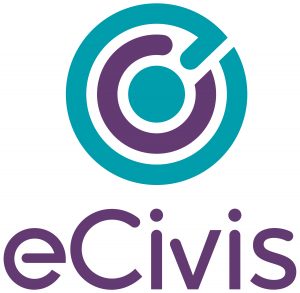Inherently a complex process, grant management gets even more complicated in times of crisis. The CARES Act exemplifies this.
“Grants management is a really complex value chain,” said James Ha, Chief Executive Officer of eCivis. “There are many stakeholders in the process if you consider CARES Act dollars going from federal to state to local all the way to nonprofits in the community, businesses in the community, to citizens in the community.”
It has presented some unique challenges to agencies, such as:
Analog Processes
The race to meet CARES Act deadlines while in a remote work environment spotlighted the shortcomings of manual, paper-based processes.
“Before, you could operate government in analog, meaning you could still work with paper files, walk them around, get signatures,” Ha said. “COVID created a set of circumstances where that analog environment really became untenable. Now, a digital environment is even more important.”
Lack of Scalability
With state and local budget shortfalls estimated to exceed $500 billion in the next two years, interest in CDBG and other grants is high. But as the pandemic showed, legacy systems make it difficult to handle any surge.
“Government websites were crashing because they had so many applications for CARES Act assistance,” Ha said. “It really shortened the timeline to get funding out, but it also deepened the amount of work required and the volume of work that was created.”
Compliance
Compliance requirements added another layer of complexity. As applications roll in and officials review them, they must ensure that they are accountable and transparent when it comes to spending grant and taxpayer dollars. They also must look at compliance in terms of the entire funding process.
Solution: Modern Tools Promote Collaboration
The solution to all of those challenges is a modern, standardized grant management process. Modernization efforts typically include:
- Replacing disparate spreadsheets with a centralized grant management system
- Digitizing and moving to cloud-based processes
- Automating tracking capabilities
- Real-time reporting on grant statuses
Cities and states that have taken such actions have enjoyed faster processing times, more qualified proposals, increased transparency and automated, built-in compliance.
“With COVID, grants managers are forced to think about how to solve for this in a comprehensive manner,” Ha said. “Urgency has created the opportunity to evaluate properly, whereas technology has helped ensure tools are now available to address some of those challenges more efficiently and cost-effectively.”
Specifically, access to broadband, cloud and Software-asa-Service is reinventing grants management. Now, instead of an ad hoc, paper-reliant process, digital tools promote collaboration, information-sharing (such as documenting and reporting for single audits), and data storage and analytics. And those capabilities are continually evolving.
“With SaaS, everybody is using the same piece of software and it’s constantly being innovated, so you’re continuing to learn best practices that get fed back into the system,” Ha said.
What’s more, a modern approach takes advantage of crowdsourcing in that the more people are using the same technology, the easier it is to determine and share best practices.
“Governments want to foster an ecosystem where you learn and continuously optimize, which is a really critical benefit of modern technology,” Ha said.
This article is an excerpt from GovLoop’s recent report, “How the Pandemic Has Shaped the Future of Grants.” Download the full report here.

The post Navigating Grants Management in Times of Crisis appeared first on GovLoop.


0 Commentaires